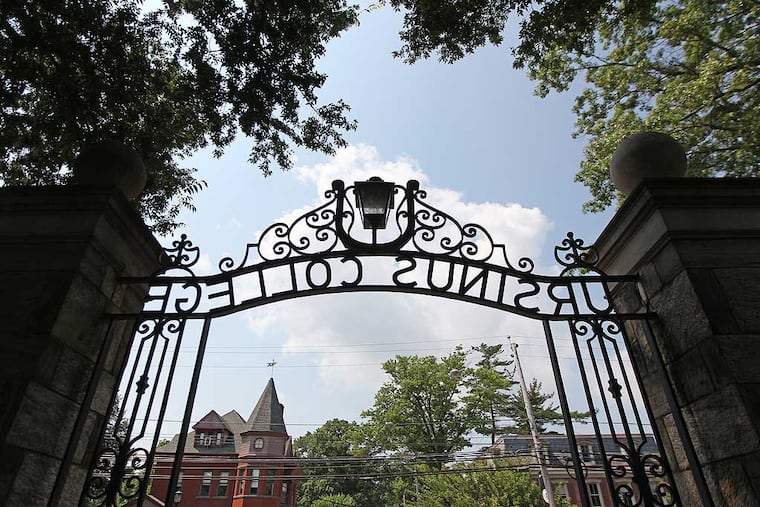Colleges discount sticker price by more than 50 percent, as competition for students rises
The pressure on colleges to provide more financial aid makes it hard for schools to increase revenue.

Private nonprofit colleges and universities have tried mightily in recent years to increase revenue by reducing the discounts from the sticker price that they hand out to attract students.
It’s not working. In the 2017-18 academic year, the average discount — in the form of institutional grants or scholarships — for full-time freshmen topped 50 percent for the first time, according to a new report from the National Association of College & University Business Officers, a trade group in Washington.
The average published tuition price for freshmen at the 405 institutions that responded to the trade group’s survey as $37,061. That was offset by $18,871 in aid.
Ken Redd, the organization’s senior director of research and policy analysis, cited two reasons for the continued rise in the discount rate.
“One is the great competition between schools for students. With more competition, the more pressure there is to become more attractive with greater and greater discounts,” he said.
The second factor, according to Redd, is that there is a great need for financial aid.
“Families can’t afford to pay tuition prices of $30,000, $40,000, and higher,” he said. "Even with the economy improving, there are a lot of families out there that don’t have those financial resources to pay the full price.”
In fact, the discounting is expected to rise in the current academic year.
The average sticker price for tuition and fees rose an estimated 3.3 percent, to $38,301, while the average institutional grant for freshmen jumped 7.3 percent, preliminary figures show.
The data did not include information for individual schools. It’s possible to calculate discount rates from data in audited financial statements, but that includes tuition from graduate students, who are not included in the business officer’s survey.